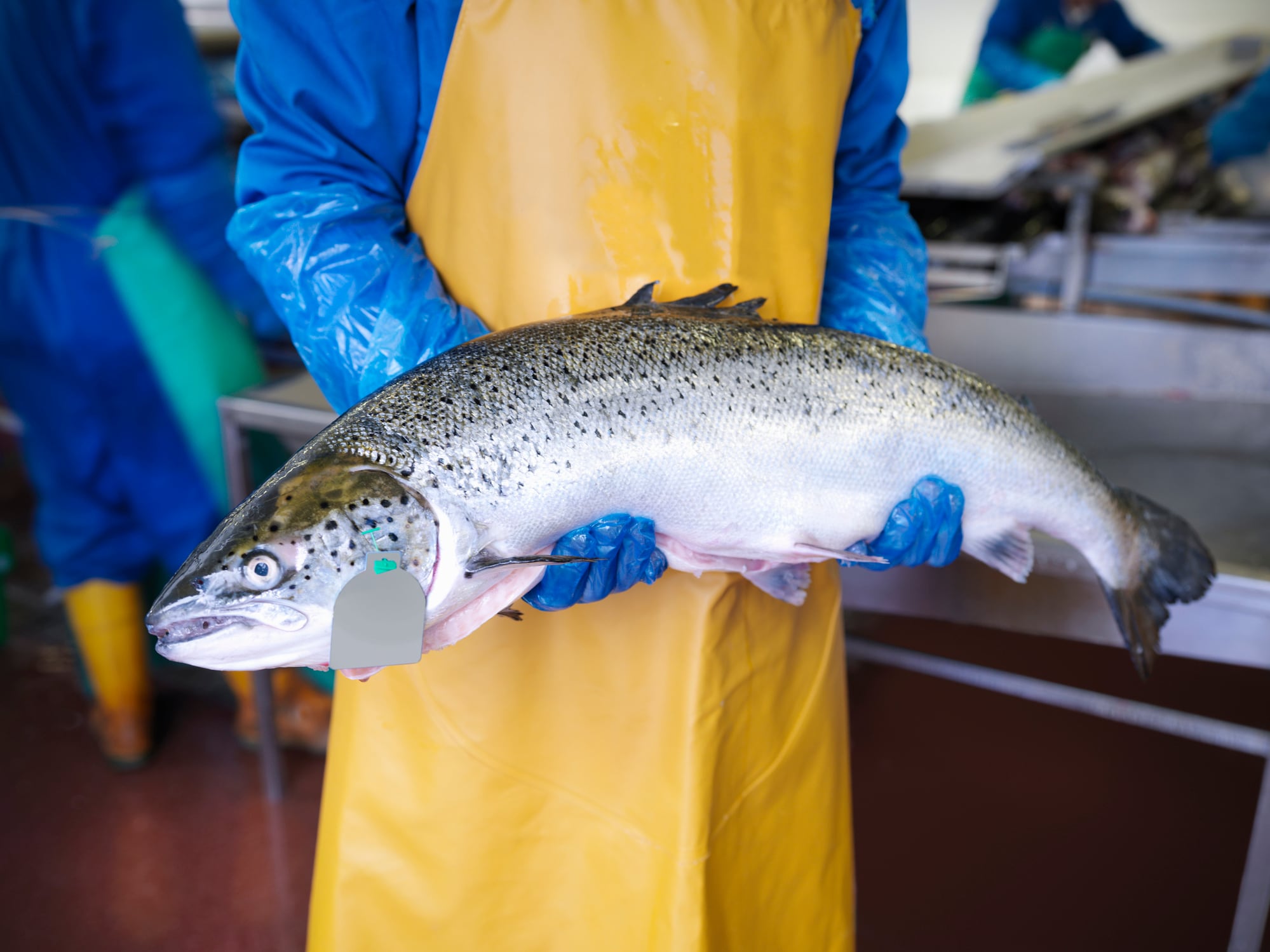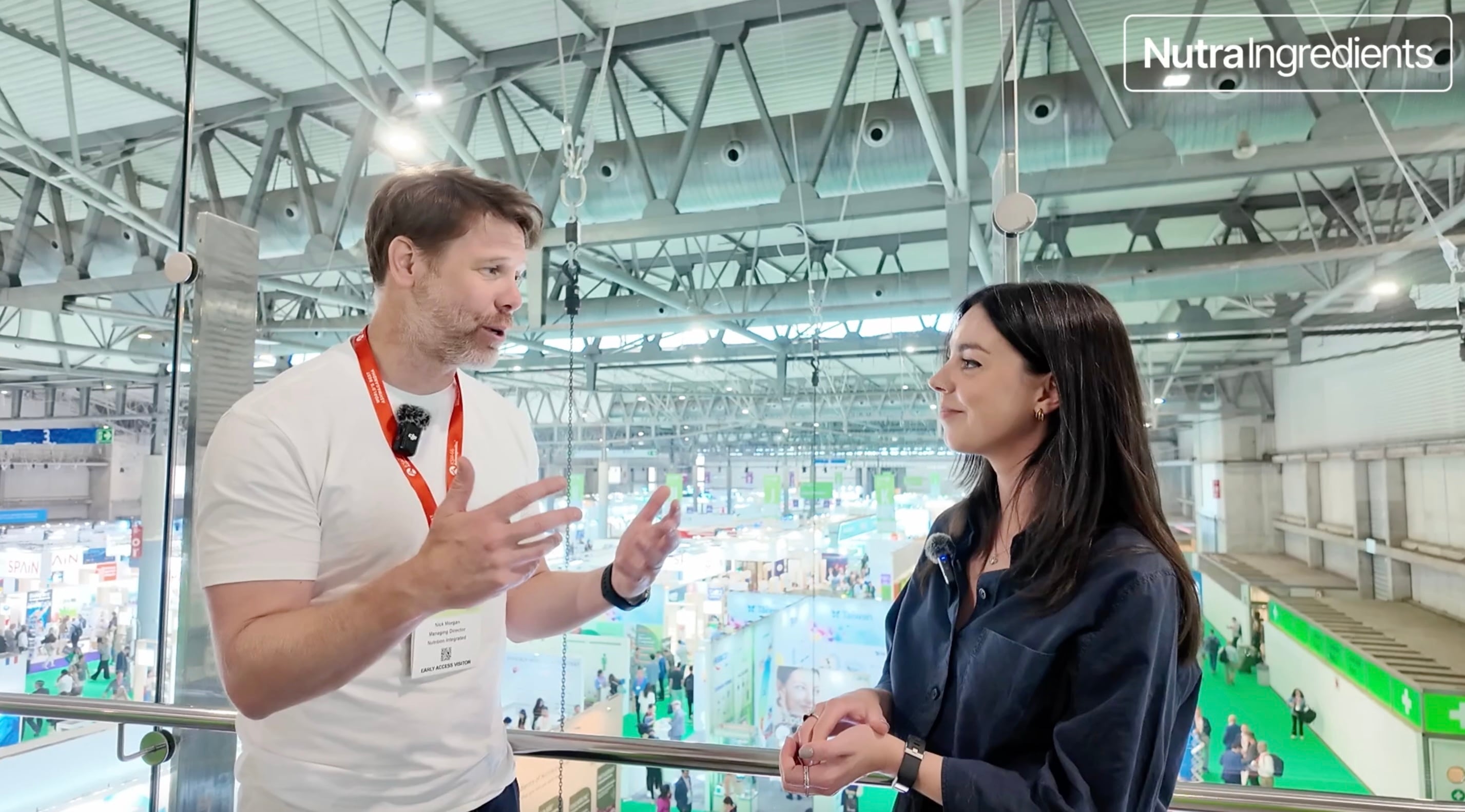Developed by Leroy Seafood Group, SalmoFer is reportedly the world’s first marine iron, according to the company. It is produced by isolating the blood, which is usually discarded during processing, from wild-caught salmon.
At about $1 per tablet for a daily dose, SalmoFer is considered mid-range among iron supplements.
“So many people need iron, but it’s still a small category, even though it’s one of the oldest supplements known to us,” said Torgeir Hjerde, sales and product manager at SalmoFer.
It fuels oxygen transport, supports red blood cell formation, contributes to cognitive and immune function and helps maintain energy metabolism and physical performance. However, iron deficiency remains one of the most common and underdiagnosed nutritional deficiencies globally.
According to World Health Organization, one-third of the global population needs iron. Hjerde added that only 2% of the total food supplement market is comprised of iron.
Typical iron products may cause stomach upset. If this can be solved, Hjerde said, “then you have a winner, and we think we do.”
Preliminary data from an ongoing clinical study by Leroy Seafood Group show that about four dozen premenopausal women (aged 23–42) who received a single 9 mg dose of SalmoFer, followed by 6 mg daily for eight weeks saw a 25% increase in serum iron within 24 hours and a 70% increase in ferritin after eight weeks. No gastrointestinal side effects or serious adverse events were reported, even when taken on an empty stomach.
How it works
Many iron supplements are based on a more bioavailable form of hemoglobin and derived from bovine and pigs. They tend to be gentler on the gastrointestinal system than iron salts.
However, when collecting blood from these animals, anticoagulants must be used otherwise the blood coagulates quickly. For SalmoFer, there is no need for additives such as anticoagulants because cold water fish are processed at low temperatures.
“We don’t have to add anything,” Hjerde said. “There is a clean product.”
The process of separating out the blood from sea water came from a Norwegian university professor who was also Norway’s country manager for Pfizer. At the university, he started a tech transfer company which Leroy Seafood Group took over. The technology, which is not patented, must guarantee that 100% of the red blood cells gathered are intact. If not, the iron content will leak out into the water when the water is separated from the solid matter.
“So obviously you don’t want to break the cells because then your iron content will go down,” Hjerde added.
Future growth
The future of SalmoFer is dependent on a group of four people in the company who are now exploring additional products based on the traditional waste from salmon processing.
As for market share, Leroy Seafood Group has a regular customer that sells SalmoFer in the MENA region. It also recently signed distribution agreements to sell in Japan and France and is in contract negotiations with an Indian distributor.
The company does not think it will have difficulties distributing in the Asian market, especially in China, where there is a strong brand association with Leroy Seafood Group, Hjerde said.
He added that, maybe ironically, Norway is not as an appealing market because the country has only five million people.
As for the United States, Hjerde said there are enough potential customers that it is still an interesting market, noting that 30% of toddlers in the country are iron deficient.



